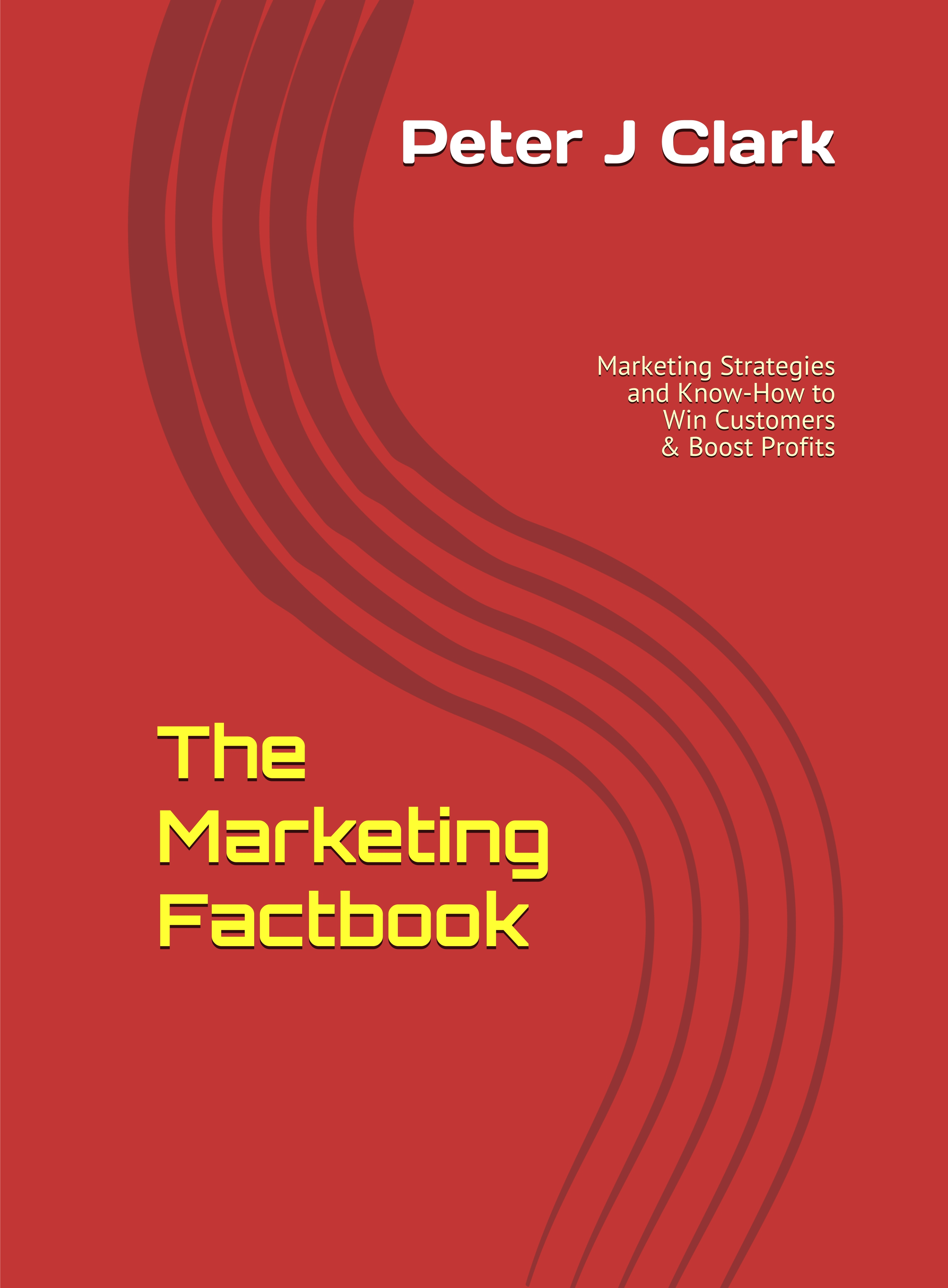Isn’t Our Budgeting Process Backwards?
By Brian WoolfAugust 4, 2014
Ask any retail CEO, CMO, or (hopefully) CFO about their customers and they will tell you how customers are the center, the core, of their business. I'm sure you agree...
So why, then, do we budget backwards? Why is it that, in the fourth quarter of each year, we go through that painful process of projecting our company's sales, expenses, and profits that, in most cases ends up somewhere around 10% better than last year. In fact, we go back and forth massaging our numbers until our CEO is happy with what we come up with, don't we?
Unfortunately, customers are usually not included in the process. Why? Because "we've always done it this way." But "this way" began decades before the advent of customer data. Shouldn't we be catching up with today's realities?
My question to you, then, is what would happen if our budgeting process started not with items but with the core of our business- our customers? We would really start getting a lot more serious about them, wouldn't we? We would be asking ourselves: Why don't our customers visit us more often? What can we do to increase their visits? Why do customers leave us? And, in particular, why do so many of our new customers fade into the fog of defectors? Where are we failing to make these new customers feel at home in our stores?
We would be thinking through what competitive openings do we expect this year. Which stores will be affected? More important, specifically which customers in those stores will be affected? And how will we target just those affected customers to retain their trust and satisfaction? We will be thinking about how we can strengthen our differences, our uniqueness, in our customers' eyes, rather than being a blur by being the best (ie, the same by a fraction) than our competitors. We will be putting ourselves in our customers' shoes and making plans accordingly.
In essence, we would be asking ourselves what does the customer want in her shopping experience with us? Not just items, but also recognition, service, and a pricing/rewards program that reflects her importance to us. After all, we are in business to satisfy our customers aren't we?
Then, based on our customer-centric plans and metrics we can develop our sales, expense, and profit plans. By focusing on satisfying our customers, and measuring results against those goals, we will be focusing on what our business is all about. We call that marketing. Surely, that's a more modern approach than buying thousands of products and doing our persuasive utmost to transfer them to customers. That's called selling.
About the author...
Brian Woolf is a global leader in loyalty marketing and has written three definitive works on the subject, Measured Marketing: A Tool to Shape Food Store Strategy, Customer Specific Marketing, and Loyalty Marketing: The Second Act. He devotes his time to helping retailers develop, critique and strengthen their loyalty programs.
The techniques and metrics Brian Woolf has developed have become guiding principles for those operating some of the world's most successful programs. He is the President of the Retail Strategy Center, and has consulted, and spoken at conferences, in the US, Europe, Japan, and Australasia.
Prior to his total commitment to loyalty marketing, his corporate roles included Deputy Managing Director of Progressive Enterprises, a major New Zealand retailer; and Chief Financial Officer of Food Lion, a leading US food retailer. He has an M.Com. (Economics) from the University of Auckland, New Zealand, and an MBA from the Harvard Business School.

